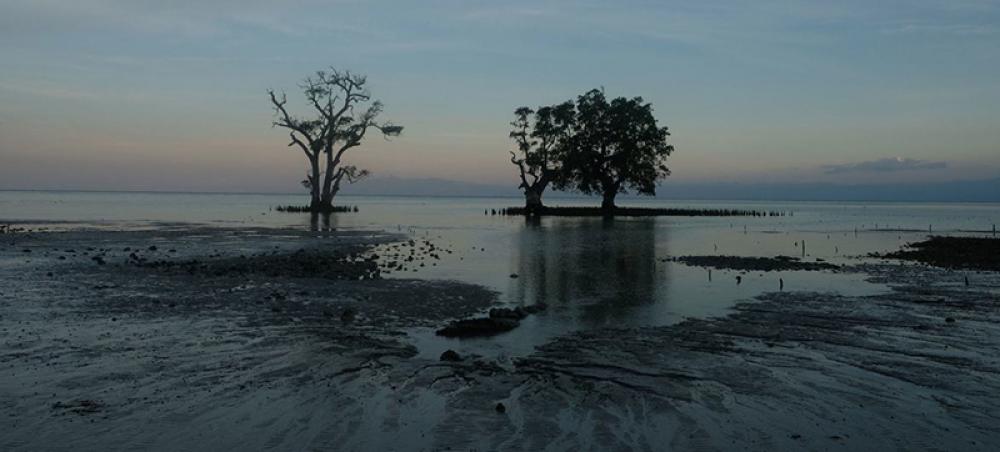Just Earth News | @justearthnews | 19 Aug 2023

Image: WMO/João Murteira
Heatwaves sweeping large parts of the world offer yet another reminder that extreme weather events boosted by human-induced climate change have become “the new normal”, the UN World Meteorological Organization (WMO) warned on Friday.
Weather agency Spokesperson Clare Nullis said that heat warnings have been issued by many weather services across Europe this week, including in France, Germany, Poland and Switzerland.
Meanwhile, parts of the Middle East were expected to see temperatures over 50 degrees Celsius in the coming days, and Japan was experiencing a “prolonged” heatwave which shattered temperature records.
Wildfires ‘off the charts’
Speaking to reporters about the recent massive wildfires fuelled by the hot and dry conditions in Tenerife in Spain’s Canary Islands, Ms. Nullis highlighted the “many evacuations and much devastation”.
“Unfortunately, that is a picture with which we’ve become all too familiar this summer,” she said.
The WMO Spokesperson also noted that Canada’s record-breaking season was continuing and that it was “completely off the charts” this year. As of 17 August, more than 600 wildfires across the country were out of control, she said.
Even Canada’s far north near the Arctic Circle had not been spared, as a mass evacuation order was in force in the town of Yellowknife in the Northern Territories due to an approaching blaze.
Meanwhile, in the British Columbia town of Lytton, a record temperature of 42.2 degrees Celsius was reached this week, Ms. Nullis said.
Massive rainfall via Hurricane Hilary
WMO also warned that Hurricane Hilary had intensified “very rapidly” to a major category four hurricane off Mexico’s Pacific Coast, “fed by warm ocean surface temperatures”.
Sustained winds of up to 220 kilometres per hour were expected in Mexico’s coastal areas over the weekend. Ms. Nullis noted that, as it was often the case with tropical cyclones, “the threat is not just from the wind but also from water”, and rainfall of up to 152 millimetres was forecast in the affected areas in Mexico.
The usually arid southwest of the United States, including major cities such as San Diego, would also see “a huge amount of rain in a short time”, she said, with a high risk of flash flooding.
WMO climate expert Alvaro Silva commented that “the frequency and intensity of many extremes, such as heatwaves and heavy precipitation, have increased in recent decades”. He noted that it can be said with “high confidence” that human induced climate change from greenhouse emissions is the main driver.
Dramatic impacts for Pacific islands
The southwest Pacific was another region hit hard by the impacts of a warming climate, WMO said, with weather-related disasters “unravelling the fabric of society” there.
According to the UN agency’s latest report, sea level rise threatened the future of low-lying islands, while increasing ocean heat and acidification devastated vulnerable marine ecosystems.
WMO Secretary-General Petteri Taalas said that the El Niño climate pattern will have a major impact on the region this year, bringing higher temperatures, disruptive weather “and more marine heatwaves and coral bleaching”.
Sea level rise accelerating
The WMO report shows that sea-level rise rates in the region were higher than the global rate, reaching approximately four millimetres per year in several areas. It also notes that ocean warming contributes 40 per cent of the observed sea-level rise, “through thermal expansion of seawater”.
The agriculture sector is one of the most-affected by climate-related disasters in the southwest Pacific, WMO said, and enhancing the resilience of food production was a high priority for the region.
Mr. Taalas also stressed that implementing early warning systems was “one of the most effective” ways of reducing damage from climate disasters, as it empowered people to make risk-informed decisions.